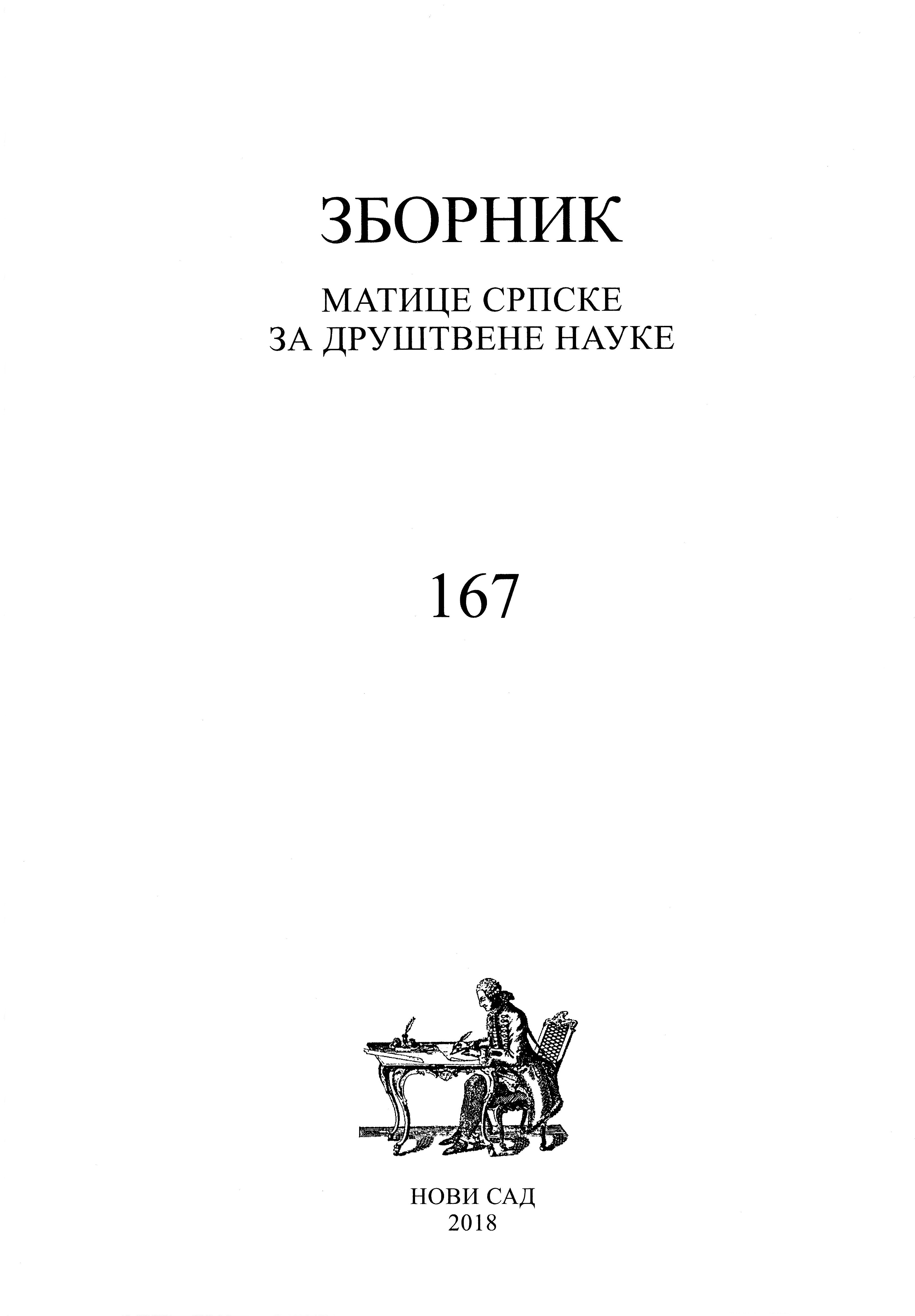Регионалне разлике у концентрацији становништва Србије
Regional Differences in Concentration of Population in Serbia
Author(s): Danica Đurkin, Milica TodorovićSubject(s): Human Geography, Demography and human biology
Published by: Матица српска
Keywords: concentration; index; population; regional differences; Serbia
Summary/Abstract: For understanding the demographic, economic and social development of the researched area, studying the distribution and concentration of population has a great importance. Spatial concentration of population of Serbia is a result of the rapid economic transformation after the Second World War. The intensive migration flows from villages to cities in the 1960s, on the first place, accompanied by a negative trend of natural population change, on the second, led to the redistribution and creation of re gional and interregional differences in spatial distribution of population. By applying the chosen measure, concentration index, on the smallest level of the territorial structure of Serbia (settlements), the degree of population concentration is precisely determined and presented. Based on these results, the regional differences in concentration of population in Serbia are explained, which was the aim of this paper. Analyzing the results in the study area, four zones were distinguished: deconcentration i.e. the zone of dispersion, the zone of moderate, the zone of high and of extremely high concentration. A comparative study of a chosen indicator pointed to a certain territorial changes in the distribution of population for the observed period (from 1961 to 2011). At the interregional level, the most intensive spread of dispersion zone is noticed in the regions of South and East Serbia, Šumadija and Western Serbia and Vojvodina, while the highest average value of a given indicator, which records a constant increase as well, is established in the Belgrade region. Micro-level data showed concentration trend in 11.3% of settlements, but population dis persion in 88.7% of settlements. The dispersion zone covers the largest part of Serbia (84.2% of all rural settlements) and the directions of dispersion are clearly noticeable moving from the state border to the interior of the territory, and then from larger regional and municipal centres to the periphery. However, the zone of moderate concentration has decreased in spatial and demographic terms almost three times. Intensified processes of concentration led to the creation of the zone with extremely high concentration of popu lation (41.4% of the total population of Serbia), but it includes only 1.7% of settlements. Areas with a high population concentration are limited to the industrialized and urbani zed settlements with favourable traffic-geographical position on the axes of the state development (corridors). The application of concentration index to the settlement level of the Republic of Serbia outlined the differentiation of space, with a significant spatial-de mographic imbalance, resulting in uneven distribution and territorial and demographic polarization.
Journal: Зборник Матице српске за друштвене науке
- Issue Year: 2018
- Issue No: 167
- Page Range: 673-685
- Page Count: 13
- Language: Serbian

